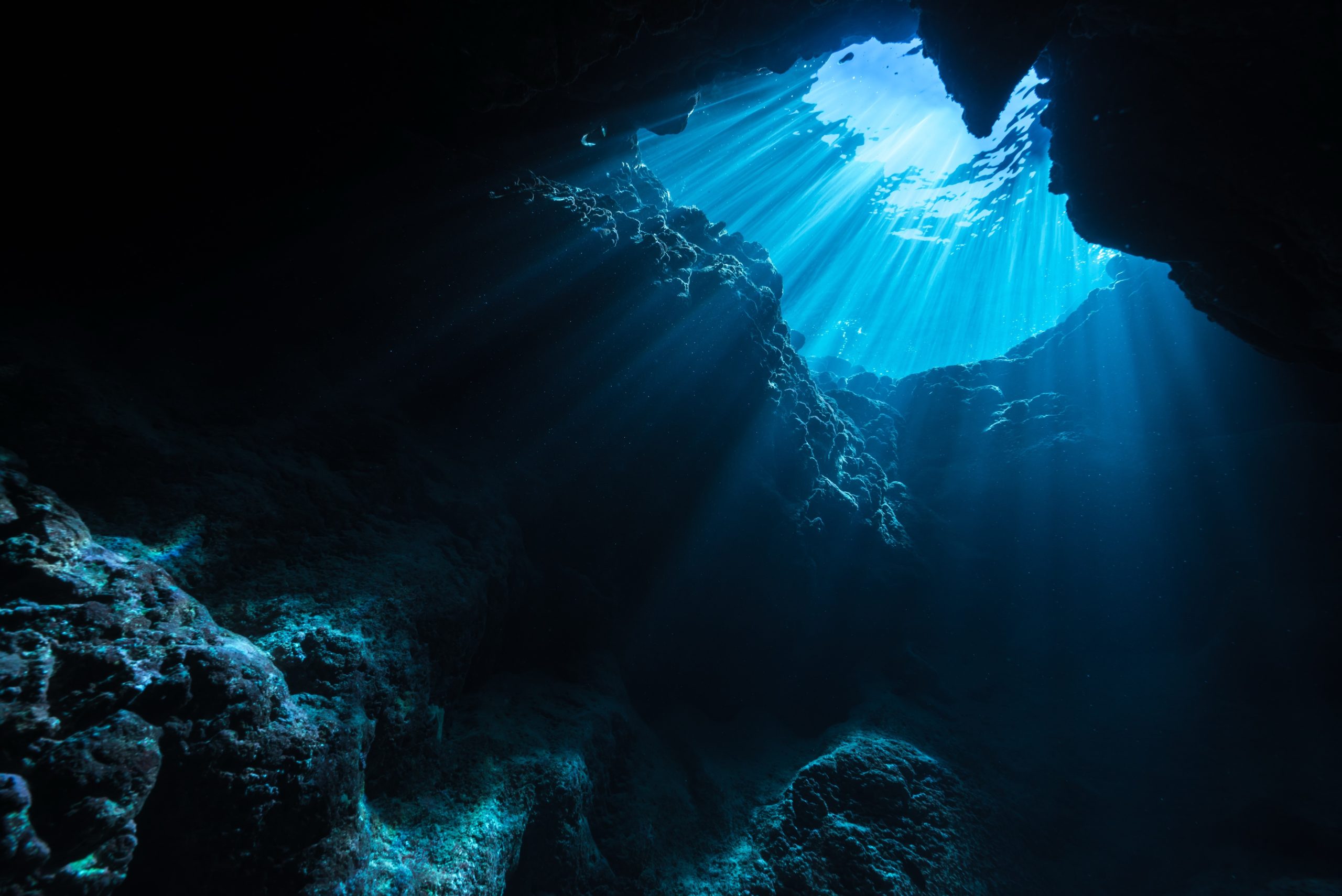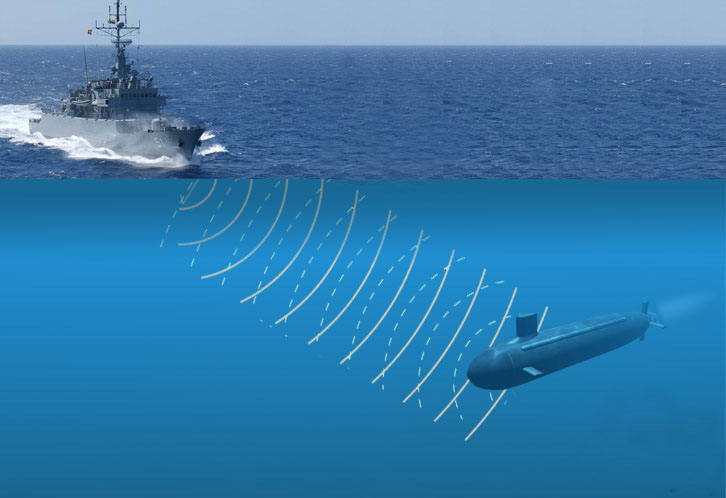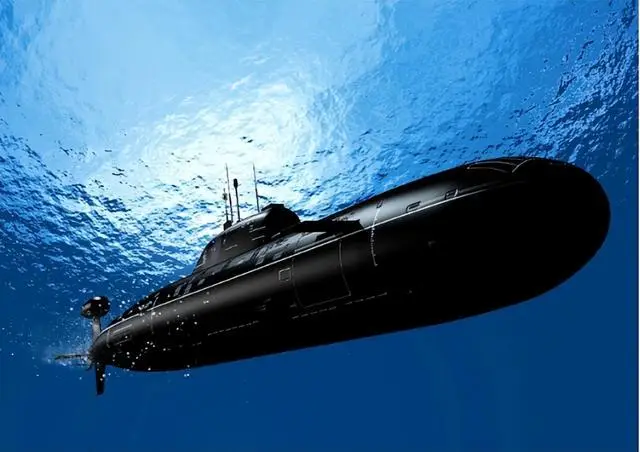Virtual reality is transforming how archaeologists explore shipwrecks and underwater heritage sites, making ancient maritime history accessible to researchers and the public worldwide. 🌊
The Dawn of a New Archaeological Era
Maritime archaeology has always been one of the most challenging and expensive branches of archaeological research. For decades, underwater excavations required specialized diving equipment, extensive training, and significant financial resources. The depths of our oceans hold countless stories of human civilization—shipwrecks carrying artifacts from ancient trade routes, submerged cities, and naval battlefields that shaped history. Yet these treasures remained largely inaccessible to most researchers and completely out of reach for the general public.
Enter virtual reality. This groundbreaking technology is fundamentally changing how we approach underwater heritage sites, democratizing access to maritime archaeology in ways that seemed impossible just a decade ago. Through VR headsets and sophisticated 3D modeling techniques, researchers can now dive into reconstructed shipwrecks from their laboratories, while students thousands of miles from the nearest ocean can explore ancient vessels as if they were actually there.
Bridging Physical and Digital Oceans 🤿
The process of bringing underwater archaeological sites into virtual reality begins with meticulous documentation. Divers equipped with high-resolution cameras and photogrammetry equipment capture thousands of images of shipwrecks and artifacts from multiple angles. Advanced software then stitches these photographs together, creating detailed 3D models that preserve every crack, barnacle, and piece of coral growth on the wreck.
This digital preservation serves multiple purposes. First, it creates a permanent record of sites that are constantly deteriorating due to natural processes, pollution, and climate change. Second, it allows researchers to study these sites repeatedly without the costs and risks associated with physical diving expeditions. Third, and perhaps most importantly, it opens these underwater museums to a global audience.
From Data Collection to Immersive Experience
The transformation from raw data to immersive VR experience requires sophisticated technical expertise. Photogrammetry specialists work alongside software developers to ensure that the virtual reconstructions maintain archaeological accuracy while providing an engaging user experience. The result is a digital environment where users can navigate freely around shipwrecks, zoom in to examine artifacts in detail, and access contextual information about the historical significance of what they’re seeing.
Modern VR platforms allow for interactive features that would be impossible in actual underwater environments. Users can toggle between different time periods to see how a shipwreck looked when it first sank versus its current state. They can remove layers of sediment virtually to reveal hidden artifacts, or see reconstructions of how the ship appeared when it was still sailing the seas.
Revolutionary Research Methodologies 📊
Virtual reality isn’t just making maritime archaeology more accessible—it’s fundamentally changing how research is conducted. Traditional underwater excavations are constrained by dive time limits, weather conditions, and the physical demands of working in aquatic environments. VR eliminates these limitations, allowing researchers to spend unlimited time examining sites and collaborating with colleagues around the world in real-time.
Archaeological teams can now work together in shared virtual spaces, discussing excavation strategies and analyzing finds without leaving their respective countries. A ceramics expert in Greece can examine pottery fragments from a Roman shipwreck off the coast of Turkey while simultaneously consulting with a naval historian in England, all within the same virtual dive session.
Enhanced Analysis and Pattern Recognition
Virtual reality platforms enable analytical capabilities that surpass what’s possible through traditional methods. Researchers can take precise measurements of artifacts, test hypotheses about ship construction techniques, and create virtual excavation plans before committing resources to actual underwater work. Machine learning algorithms can analyze VR datasets to identify patterns and artifacts that human observers might miss.
The ability to revisit sites virtually also means that new questions can be answered without mounting new expeditions. As archaeological theory evolves and new research questions emerge, scholars can return to existing VR reconstructions to gather additional data, essentially making every virtual dive a renewable research resource.
Educational Transformation in Maritime Studies 🎓
Perhaps nowhere is VR’s impact more profound than in education. Maritime archaeology programs traditionally required access to coastal facilities, diving certification, and significant financial investment. Now, universities far from any ocean can offer comprehensive maritime archaeology courses using VR technology.
Students can practice excavation techniques in virtual environments before ever touching real artifacts. They can explore famous shipwrecks like the Mary Rose or the Vasa without traveling to museums. They can experience the challenges of underwater archaeology firsthand—navigating in low visibility, managing air supplies, and documenting finds—all within the safety of a classroom or laboratory.
Public Engagement and Cultural Heritage
Beyond academic circles, VR is creating unprecedented opportunities for public engagement with maritime heritage. Museums worldwide are installing VR stations where visitors can dive into shipwrecks and explore underwater archaeological sites. These experiences generate enthusiasm for heritage conservation and help build public support for protecting underwater cultural resources.
Virtual reality exhibits also serve important cultural repatriation functions. Communities whose maritime heritage lies underwater in distant locations can now access and share these sites with their members. Indigenous peoples can reconnect with submerged cultural landscapes, and descendants of maritime disasters can virtually visit and commemorate sites of historical tragedy.
Technical Challenges and Innovations 💡
Despite its revolutionary potential, implementing VR in maritime archaeology faces significant technical challenges. Creating high-quality 3D models of underwater sites requires sophisticated equipment and expertise. Water conditions—visibility, currents, and depth—can complicate data collection. Processing thousands of photographs into cohesive 3D models demands substantial computational resources.
Hardware limitations also present obstacles. VR headsets must balance resolution, field of view, and processing power while remaining comfortable for extended use. Motion sickness affects some users, particularly when navigating complex underwater environments. Developers continue refining user interfaces to make virtual archaeological exploration intuitive for users with varying levels of technical expertise.
Emerging Solutions and Future Technologies
The maritime archaeology community is actively addressing these challenges through innovation. Autonomous underwater vehicles (AUVs) equipped with advanced imaging systems can now survey sites more efficiently than human divers. Artificial intelligence assists in processing photogrammetry data and identifying artifacts within complex underwater scenes.
Next-generation VR hardware promises higher resolution displays, wider fields of view, and haptic feedback systems that simulate the sensation of touching artifacts. Cloud-based VR platforms are emerging that allow multiple users to collaborate in shared virtual environments without requiring expensive local hardware.
Case Studies: VR Success Stories 🏆
Several high-profile projects demonstrate VR’s transformative impact on maritime archaeology. The Virtual Whydah project recreated the famous pirate ship discovered off Cape Cod, allowing researchers to study the vessel’s structure and artifact distribution patterns in unprecedented detail. This VR reconstruction helped archaeologists understand how the ship broke apart during its sinking and how artifacts dispersed across the seabed.
In the Mediterranean, researchers created an immersive VR experience of the Antikythera shipwreck, famous for yielding the ancient astronomical calculator known as the Antikythera Mechanism. The virtual reconstruction placed artifacts back in their original discovery locations, helping researchers understand the ship’s cargo organization and potentially identify new areas for excavation.
The Mars Shipwreck Project
One particularly innovative project involved the Swedish warship Mars, which sank in 1564. Researchers created a detailed VR reconstruction that not only documented the wreck’s current state but also included reconstructions of the ship as it appeared when operational. Users can toggle between these views, gaining deeper understanding of how this 16th-century warship functioned and why it eventually sank.
These case studies demonstrate that VR offers more than just visualization—it provides analytical frameworks that enhance archaeological interpretation and generate new research questions.
Ethical Considerations and Best Practices 🤔
As with any technological innovation in archaeology, VR raises important ethical questions. Who owns the digital reconstructions of underwater heritage sites? How should VR experiences balance entertainment value with archaeological accuracy? What are the implications of making sensitive sites accessible to global audiences?
The maritime archaeology community is developing ethical guidelines for VR applications. These include principles ensuring that virtual reconstructions maintain scientific rigor, that source communities participate in decisions about how their heritage is represented, and that VR experiences don’t encourage physical looting of actual underwater sites.
Balancing Access and Protection
Virtual reality creates a paradox: while democratizing access to underwater heritage, it might inadvertently increase threats to physical sites. High-quality VR reconstructions could provide treasure hunters with detailed maps to artifacts. The archaeology community addresses this concern by limiting the precision of publicly available site locations and by using VR as a tool for education about heritage conservation ethics.
Transparency about reconstruction methods is another ethical imperative. VR experiences should clearly distinguish between documented archaeological evidence and interpretive reconstruction, ensuring that users understand what they’re seeing and how certain archaeologists are about various aspects of the virtual environment.
Economic and Sustainability Perspectives 💰
Virtual reality offers significant economic advantages for maritime archaeology. Traditional underwater excavations cost hundreds of thousands or even millions of dollars. VR reduces these costs by minimizing the number of physical dives required and extending the research value of each expedition through unlimited virtual revisits.
Sustainability concerns also favor VR adoption. Physical diving expeditions involve substantial carbon footprints from boat fuel, travel, and support infrastructure. Virtual collaboration reduces these environmental impacts while still advancing research objectives. Additionally, by reducing human contact with fragile underwater sites, VR helps preserve these non-renewable cultural resources for future generations.
The Future Horizon: What Lies Ahead 🔮
The integration of virtual reality into maritime archaeology is still in its early stages, and the coming years promise even more dramatic developments. Augmented reality (AR) will likely complement VR, allowing field archaeologists to overlay digital information onto real underwater environments during actual dives. Mixed reality systems might enable real-time collaboration between divers at physical sites and remote researchers in virtual spaces.
Artificial intelligence will play an increasingly important role, automatically identifying and cataloging artifacts within VR environments, predicting excavation outcomes, and even reconstructing damaged artifacts digitally. Machine learning algorithms trained on vast databases of maritime artifacts will assist in dating and interpreting finds with unprecedented accuracy.
Integration with Other Technologies
The future of maritime archaeology lies not in VR alone but in the convergence of multiple technologies. 3D printing allows physical recreation of artifacts from VR models. Blockchain technology could create secure, decentralized databases of underwater heritage sites. Virtual reality tourism might generate revenue streams that fund archaeological research and site protection.
As VR hardware becomes more affordable and widespread, we may see citizen science initiatives where amateur enthusiasts contribute to archaeological research by exploring virtual sites, tagging features, and identifying artifacts. This crowdsourced approach could dramatically accelerate the pace of maritime archaeological discovery.
Navigating Toward New Discoveries ⚓
Virtual reality represents more than just a new tool for maritime archaeologists—it signifies a fundamental shift in how we conceptualize, study, and preserve underwater cultural heritage. By making the depths accessible to anyone with a VR headset, this technology democratizes archaeological knowledge while advancing research capabilities beyond what traditional methods could achieve.
The revolution is already underway. Universities are redesigning curricula around VR platforms. Museums are transforming how they present maritime heritage to the public. Researchers are discovering new insights into ancient seafaring by analyzing virtual reconstructions. And perhaps most importantly, new generations are developing passion for maritime archaeology through immersive experiences that were impossible before.
As we look toward the horizon, the potential seems limitless. Every shipwreck documented, every artifact reconstructed in virtual space, and every student who dives into these digital oceans represents a victory for cultural heritage preservation. Virtual reality isn’t replacing traditional maritime archaeology—it’s expanding what’s possible, ensuring that the stories lying beneath our oceans are discovered, preserved, and shared with humanity for generations to come.
The depths are calling, and now, more than ever before, we have the technology to answer. Through virtual reality, the ocean floor is becoming as accessible as any terrestrial archaeological site, and the mysteries that have lain hidden for centuries are finally coming to light. The revolution is here, and it’s transforming not just how we study our maritime past, but how we connect with it emotionally, intellectually, and culturally. The future of maritime archaeology is virtual, and that future promises discoveries beyond our current imagination. 🌊
Toni Santos is a visual storyteller and educational ethnographer whose work celebrates the fluid knowledge systems of nomadic cultures. Through art and research, Toni brings attention to how learning has thrived outside traditional institutions—rooted in movement, oral tradition, and deep connection to land and community.
Guided by a passion for ancestral wisdom, adaptive pedagogy, and cultural resilience, Toni explores the tools, rituals, and environments that once shaped the minds of travelers, herders, and migrating communities. Whether illustrating storytelling circles beneath open skies, wearable mnemonic devices, or maps woven into textiles, Toni’s work honors learning as a lived, sensory, and communal experience.
With a background in visual anthropology and intercultural design, Toni reconstructs the educational models of mobile societies through images and narratives that restore their dignity and relevance in today’s world.
As the creative mind behind Vizovex, Toni shares a rich tapestry of visual essays, artifact-inspired art, and curated stories that reveal the genius of teaching and learning on the move.
His work is a tribute to:
The wisdom of learning through journey, rhythm, and story
The spatial and environmental intelligence of nomadic cultures
The power of intergenerational knowledge passed outside walls
Whether you’re an educator, researcher, or lifelong learner, Toni invites you to step into a world where education is not confined, but carried—one step, one song, one shared insight at a time.





